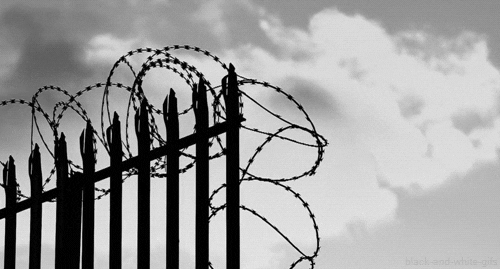Dicamba is bringing about the annual summer controversy of herbicide drift.
Neighbors often point fingers at one another after crops in a field adjacent to dicamba-resistant crops start cupping.
Igniting a solution: Researchers at the University of Missouri are testing charcoal-activated fences to capture herbicide drift. It’s a seemingly better replacement than moving an entire field.
Charcoal is already used to filter organic compounds in home filtration systems. But recent studies have shown the barriers may reduce the amount of drift traveling from a dicamba-resistant field to a vulnerable one.
The study tests four different fences: chicken wire, silt fencing, mesh, and construction fencing.
Speciality shield: Researchers say the fence can help protect sensitive specialty crops. However, fence barriers may not be a silver bullet for commercial crops and could be aimed more toward horticulture and produce like tomatoes and grapes.
Soundbite: “Another application for this type of fence could be putting it near an air inlet near a greenhouse, potentially at a time of year where dicamba or some auxin herbicides could be applied.” — Reid Smeda, University of Missourihorticulturist
Crop collaboration: Researchers also recommend working with neighbors to address herbicide drift issues.

